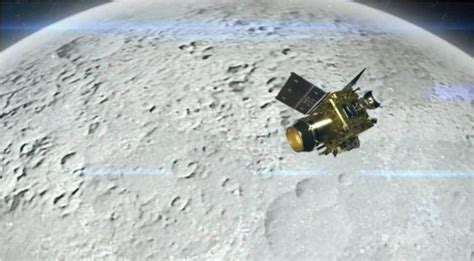Halfway through the Chandrayaan-3 mission, India’s Pragyan Moon Rover took a first-ever picture of its mothership, the Vikram lander, as the two continued their groundbreaking exploration.

India’s Chandrayaan-3 moon rover Pragyan (Photo: Inventiva)
1st Photo of India’s Pragyan Moon Rover
According to Space, on Wednesday, August 30, the Indian Space Research Organization (ISRO) unveiled two black-and-white pictures of Vikram, which showed the Chandrayaan-3 mission’s lander leaning against the dust-covered lunar surface.
Pragyan Moon Rover captured this morning’s photo of Vikram Lander, the Indian Space Research Organization (ISRO) said in a post on X, formerly known as Twitter. The Navigation Camera (NavCam) on board the Rover captured the “image of the mission.”
The photo was shot on Wednesday, August 30, at 7:35 a.m., according to the post. (10:30 p.m. EDT on Tuesday, August 29, or 01:30 a.m. GMT on Wednesday) Indian Standard Time. Two of Vikram’s science sensors, the Instrument for Lunar Seismic Activity (ILSA) and Chandra’s Surface Thermophysical Experiment (ChaSTE), are visible in one of the annotated photos.
READ ALSO: A New Online Crime Reporting System Announce By The Sarasota County Sheriff’s Office
Pragyan Moon Rover Separated from The Lander
On Wednesday, August 23, the Chandrayaan-3 expedition touched down on the moon. The Pragyan Moon Rover separated from the lander a day later, and both spacecraft started their scientific investigations. The expedition has sent back pictures and videos of Pragyan Moon Rover exploring the lunar surface and leaving footprints in the lunar dirt throughout the past week since the landing. The picture that was made public today is the first to show the lander as seen by the rover.
The ChaSTE payload of the mission made headlines earlier this week when it measured the temperature of the lunar surface. These were the first observations of this kind near the southern pole region made by a sensor that was really on the surface as opposed to being in orbit. To learn how soil temperature varies with depth, the instrument’s probe penetrated the soft lunar regolith 4 inches (10 centimeters) deep.

















































